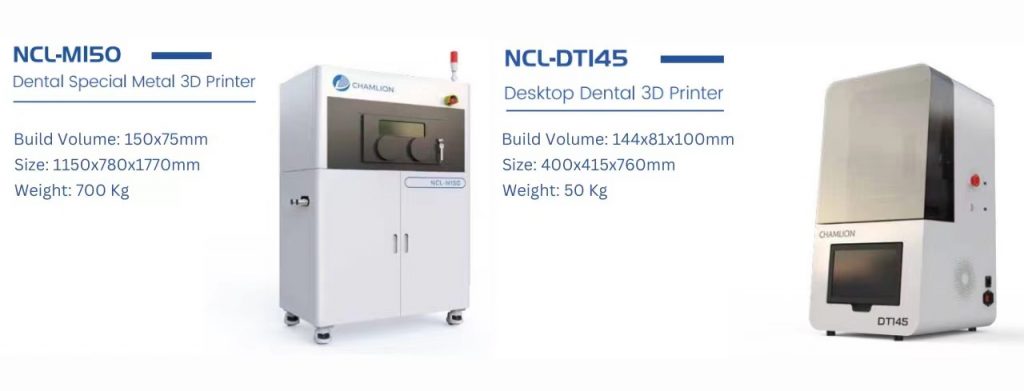 +86 25 6959 0453
+86 25 6959 0453
 sales@chamlion.com
sales@chamlion.com
2020 官网升级中!现在您访问官网的浏览器设备分辨率宽度低于1280px请使用高分辨率宽度访问。
As the dental industry continues to evolve, 3D printing has become an increasingly popular technology for creating dental restorations and appliances. However, not all 3D printing technologies are created equal. In particular, there are two main types of 3D printing: desktop 3D printing and industrial 3D printing. In this article, we will explore the differences between these two types of 3D printing and how they impact the dental industry.
Desktop 3D printing is a form of additive manufacturing that involves the use of a desktop-sized 3D printer. These printers are typically small, affordable, and easy to use, making them a popular choice for hobbyists and small businesses. Desktop 3D printers can use a range of materials, including plastics, resins, and metals, to create a variety of objects, from toys to dental models and orthodontic aligners.
In the dental industry, desktop 3D printers have been used to create dental models and aligners. However, there are some limitations to the technology that may impact its usefulness in the dental field. For example, desktop 3D printers may not be able to produce high-quality dental restorations with the same level of precision as industrial 3D printers. Additionally, desktop 3D printers may not be able to produce dental restorations with the same strength and durability as industrial 3D printers.
On the other hand, industrial 3D printing is a more advanced form of additive manufacturing that involves the use of large-scale 3D printers designed for industrial use. These printers are typically more expensive and complex than desktop 3D printers, but they are capable of producing high-quality dental restorations with a high degree of precision and accuracy. Industrial 3D printers can use a range of materials, including ceramics and metals, to create a variety of dental restorations, such as crowns, bridges, and implants.

In the dental industry, industrial 3D printing has become increasingly popular due to its ability to produce high-quality, precise dental restorations with a high degree of accuracy. Industrial 3D printing has also been used to create custom surgical guides for implant placement, which can improve the accuracy and safety of the implant procedure.
Overall, the main difference between desktop 3D printing and industrial 3D printing in the dental industry is their level of precision, accuracy, and strength. While desktop 3D printers may be suitable for creating dental models and aligners, industrial 3D printers are better suited for producing high-quality dental restorations with a high degree of accuracy and strength. As such, industrial 3D printing is becoming an increasingly important technology in the dental industry, enabling dentists and dental technicians to provide patients with high-quality, custom dental restorations that are both functional and aesthetically pleasing.